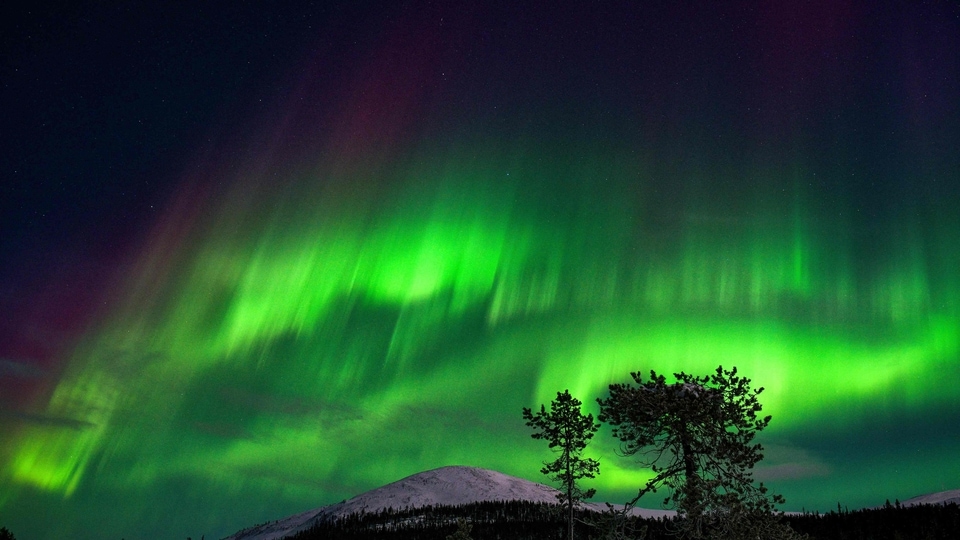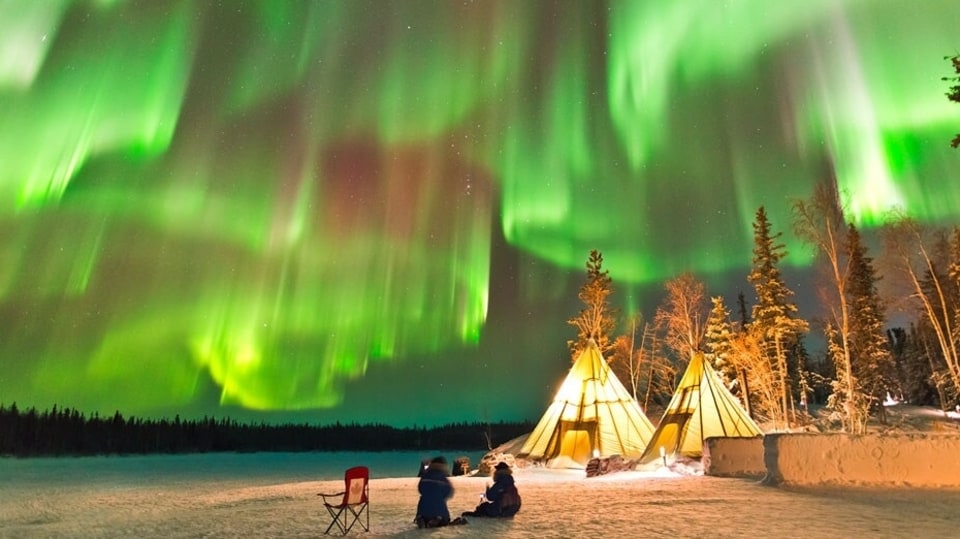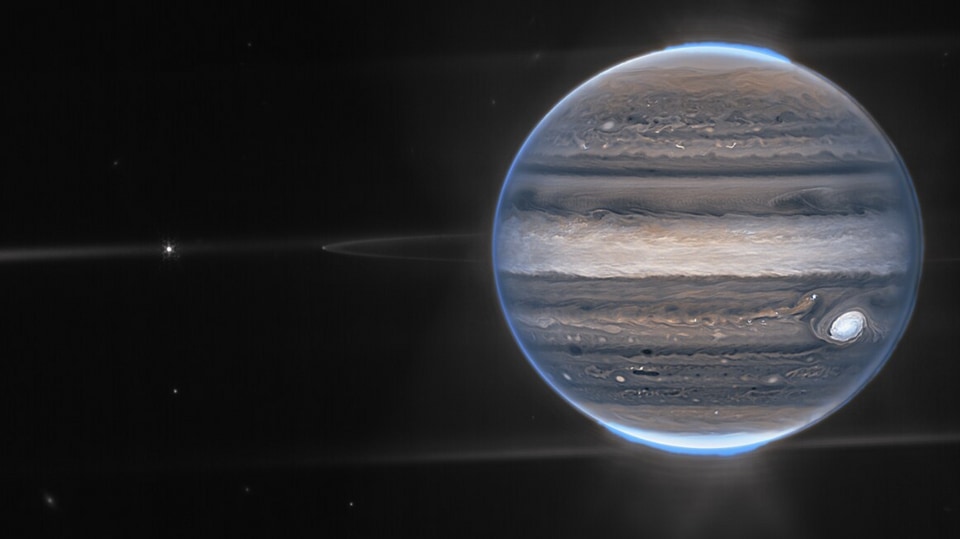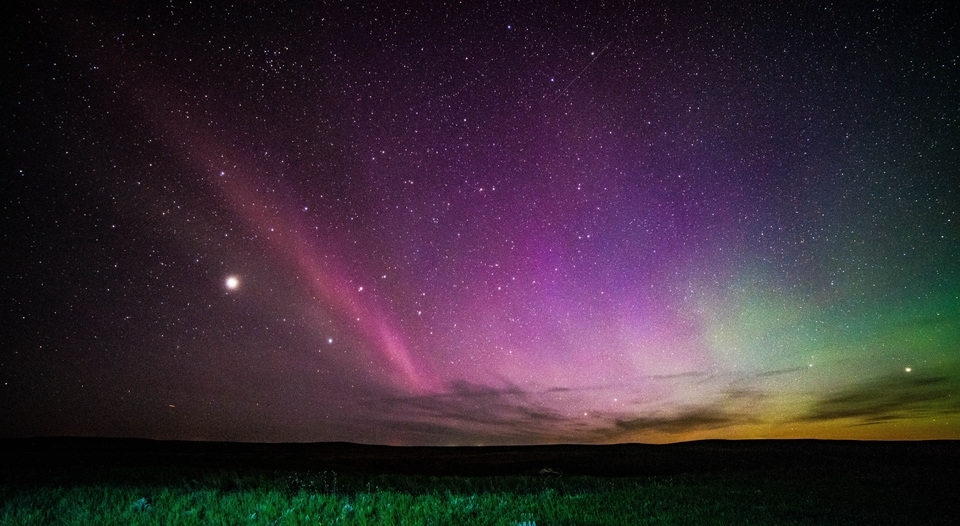Massive Black Hole discovered in our cosmic backyard! Know how black holes are formed
A team of astronomers has discovered a massive black hole in the cosmic backyard. Know how black holes are formed and other details here.






 View all Images
View all ImagesBlack holes are one of the most interesting topics for scientific researchers. As per the latest update, a massive black hole has been discovered in our cosmic backyard. The black hole is estimated to be twelve times the mass of the sun. According to a report by universetoday.com, "after consulting the Gaia Data Release 3 (DR3), a team of astronomers led by the University of Alabama Huntsville (UAH) recently observed a black hole in our cosmic backyard. As they describe in their study, this monster black hole is roughly twelve times the mass of our Sun and located about 1,550 light-years from Earth. "
But do you know what actually black holes are? According to NASA, a black hole is an astronomical object with a gravitational pull so strong that nothing, not even light, can escape it. A black hole's “surface,” called its event horizon, defines the boundary where the velocity needed to escape exceeds the speed of light, which is the speed limit of the cosmos. Matter and radiation fall in, but they cannot get out. The research organisation also informed about two main classes of black holes.
"Two main classes of black holes have been extensively observed. Stellar-mass black holes with three to dozens of times the Sun's mass are spread throughout our Milky Way galaxy, while supermassive monsters weighing 100,000 to billions of solar masses are found in the centers of most big galaxies, ours included," it said.
How are black holes formed
According to NASA Science, one star's end is the beginning of a black hole. "Most black holes form from the remnants of a large star that dies in a supernova explosion. (Smaller stars become dense neutron stars, which are not massive enough to trap light.) If the total mass of the star is large enough (about three times the mass of the Sun), it can be proven theoretically that no force can keep the star from collapsing under the influence of gravity.
NASA's Swift telescope observed the powerful, fleeting flashes of light known as gamma ray bursts. Chandra and NASA's Hubble Space Telescope later collected data from the event's "afterglow," and together the observations led astronomers to conclude that the powerful explosions can result when a black hole and a neutron star collide, producing another black hole.
Catch all the Latest Tech News, Mobile News, Laptop News, Gaming news, Wearables News , How To News, also keep up with us on Whatsapp channel,Twitter, Facebook, Google News, and Instagram. For our latest videos, subscribe to our YouTube channel.
































